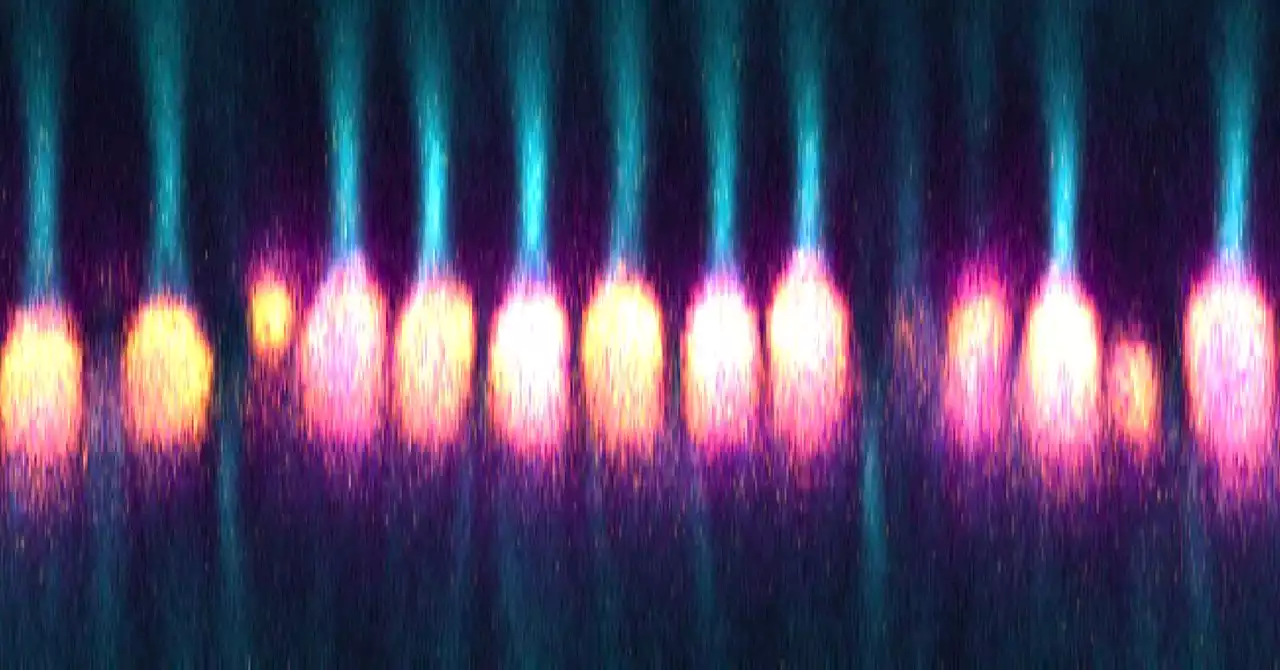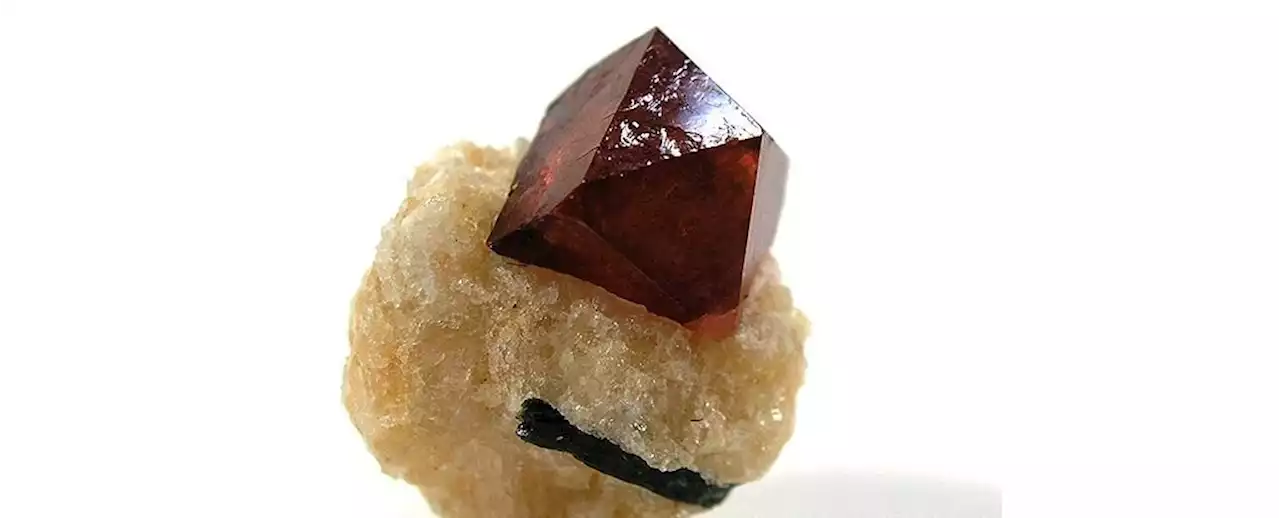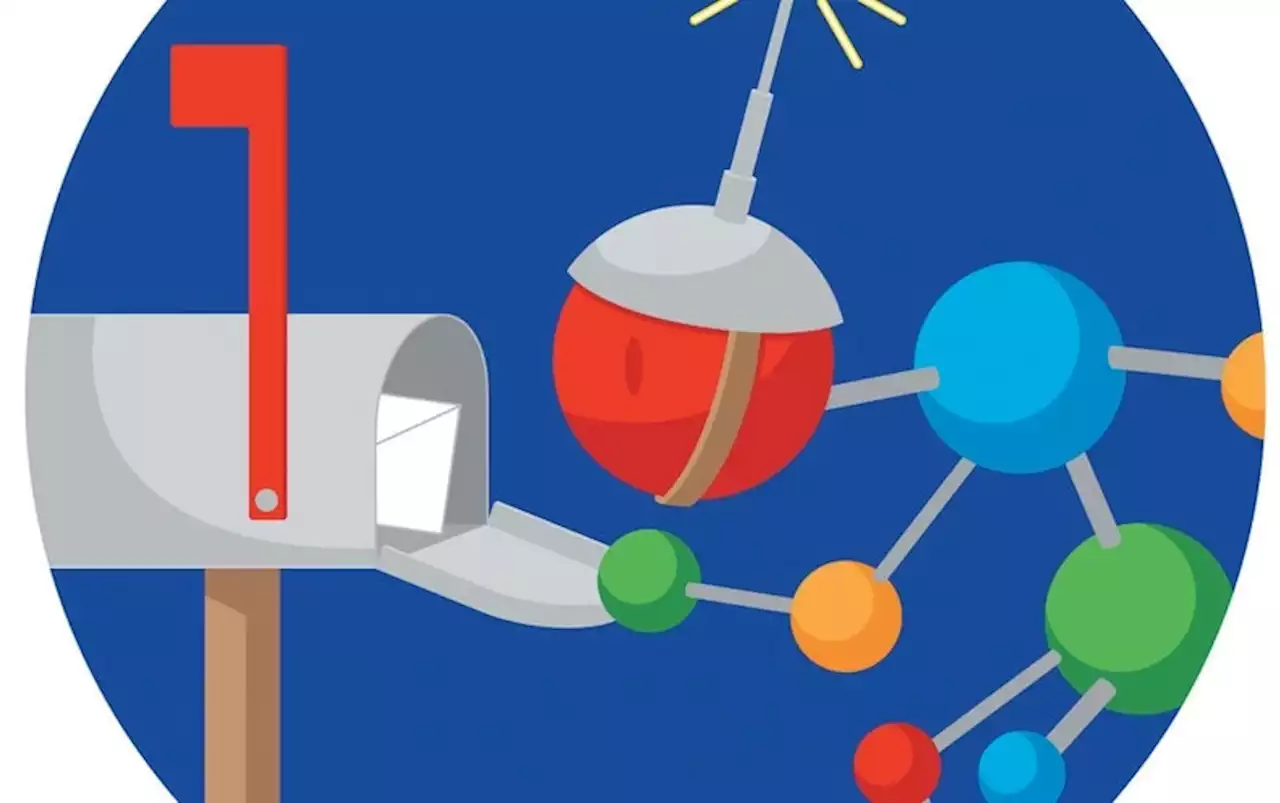A new method for monitoring proteins could lead to better drug development
Developing drugs can be hit or miss, but now a tiny, DNA-based sensor may help streamline the task. Acting as a “fluorescent nanoantenna,” the sensor could flag in real time if a prospective drug is binding to its target or reveal other cellular activity.
For a study in Nature Methods, researchers put these new nanoantennas to work flagging when a particular digestive protein executed five different activities in a solution, such as reacting to antibodies and changing intestinal acidity. “It’s a nice tool in our toolbox,” says the study’s senior author Alexis Vallée-Bélisle, a nanotechnology researcher at the Université de Montréal.
Sensing structural changes in specific molecules has big implications for drug development, the study authors say. Vallée-Bélisle uses the example of a protein involved in turning cells cancerous. Researchers could introduce fluorescent nanoantennas to monitor whether a drug successfully blocks the cancer-causing protein from binding to a healthy cell analogue in the lab.
United States Latest News, United States Headlines
Similar News:You can also read news stories similar to this one that we have collected from other news sources.
 Tiny, Landlocked Moldova Struggles to Deal With the Fallout of Russia's War on UkraineThe ongoing war next door has put the landlocked country of Moldova, a former Soviet republic and one of Europe’s poorest nations, in a precarious position.
Tiny, Landlocked Moldova Struggles to Deal With the Fallout of Russia's War on UkraineThe ongoing war next door has put the landlocked country of Moldova, a former Soviet republic and one of Europe’s poorest nations, in a precarious position.
Read more »
 Mitochondria Double as Tiny Lenses in the EyeMitochondrial bundles in the retina may improve how efficiently your eye captures light.
Mitochondria Double as Tiny Lenses in the EyeMitochondrial bundles in the retina may improve how efficiently your eye captures light.
Read more »
 These Tiny Crystals Are 'Time Capsules' of Earth's Early Plate Tectonic ActivityTiny crystals of zircon dated to 3.8 billion years ago contain the earliest geochemical evidence yet for plate tectonic activity here on Earth.
These Tiny Crystals Are 'Time Capsules' of Earth's Early Plate Tectonic ActivityTiny crystals of zircon dated to 3.8 billion years ago contain the earliest geochemical evidence yet for plate tectonic activity here on Earth.
Read more »
 These Tiny Crystals Are 'Time Capsules' of Earth's Early Plate Tectonic ActivityTiny crystals of zircon dated to 3.8 billion years ago contain the earliest geochemical evidence yet for plate tectonic activity here on Earth.
These Tiny Crystals Are 'Time Capsules' of Earth's Early Plate Tectonic ActivityTiny crystals of zircon dated to 3.8 billion years ago contain the earliest geochemical evidence yet for plate tectonic activity here on Earth.
Read more »
